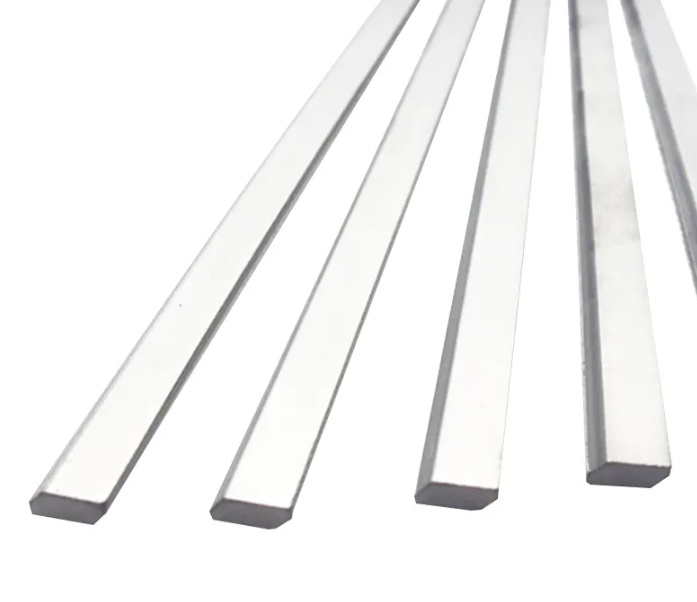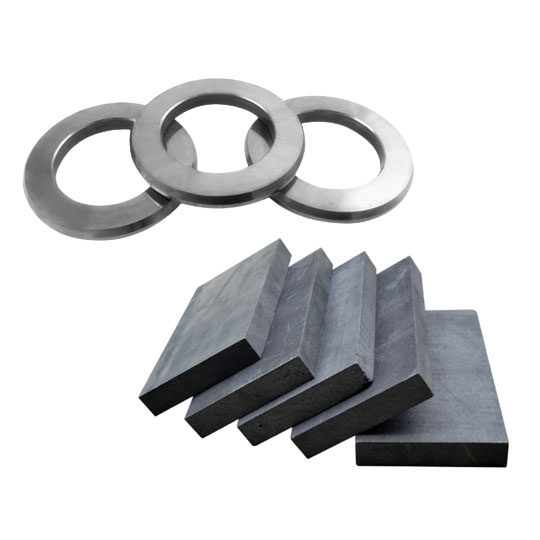소개 현대 제조업의 숨은 영웅들
카바이드 로드 은 수많은 산업에서 공구를 만들고 사용하는 방식을 혁신하고 있습니다. 항공 우주부터 자동차, 금형 제작, 전자 제품에 이르기까지 이 작은 막대는 무게보다 훨씬 더 큰 역할을 하고 있습니다.

주요 이점 카바이드 로드 in 툴링
카바이드 막대는 평범한 재료가 아닙니다. 이 작은 거인은 주로 텅스텐 카바이드 분말과 금속 바인더(보통 코발트)가 혼합되어 만들어집니다. 이 조합은 다음과 같은 합금을 만들어냅니다. 강철보다 단단하고 못보다 질기며 재즈보다 부드럽습니다..
카바이드 로드가 특별한 이유는 무엇일까요?
| 기능 | 설명 |
|---|---|
| 경도 | 모스 척도에서 최대 9등급으로 대부분의 절단 재료보다 더 단단합니다. |
| 내마모성 | 마모가 심한 환경에서도 챔피언처럼 견딜 수 있으며 HSS보다 10배 더 오래 지속됩니다. |
| 내열성 | 고속 절단 온도에서도 시원함을 유지합니다. |
| 치수 안정성 | 압력 하에서 모양과 허용 오차를 유지합니다. |
| 정밀도 | 미세 가공 및 공차가 큰 가공이 가능합니다. |
버터 나이프로 티타늄이나 단단한 강철을 자른다고 상상해 보세요. 카바이드가 없다면 불가능할 것입니다. 전기톱과 주머니칼을 비교하는 것과 같습니다.
산업용 툴링 솔루션의 애플리케이션
그렇다면 이 카바이드 막대는 실제로 어디에서 빛을 발할까요? 짧은 대답은 정밀도와 내구성이 중요한 모든 곳입니다. 자세히 살펴보겠습니다.
카바이드 로드에 맹세하는 산업 분야
| 산업 | 애플리케이션 |
|---|---|
| 항공우주 | 고성능 터빈 블레이드, 패스너, 구조 부품. |
| 자동차 | 엔진 블록, 변속기 케이스, 브레이크 로터용 절삭 공구. |
| 전자 제품 | PCB, 반도체 툴링용 마이크로 드릴. |
| 의료 | 수술 도구, 정형외과용 임플란트, 정밀 기기. |
| 도구 및 다이 | 금형, 펀치, 정밀 절단 및 성형 도구. |
외과의사에게 식칼 대신 메스를 주는 것과 같이 초경봉은 까다로운 애플리케이션에서 정밀도와 신뢰성이 가장 중요한 요소입니다.

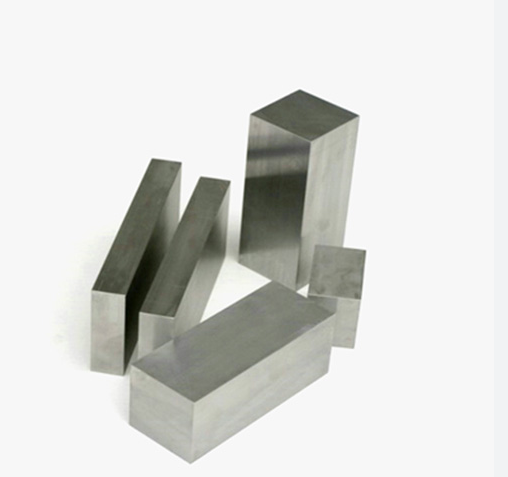
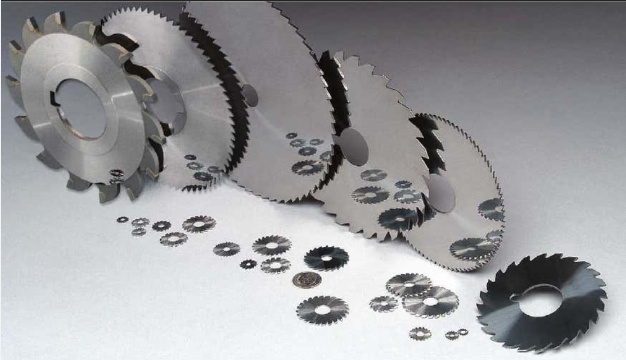
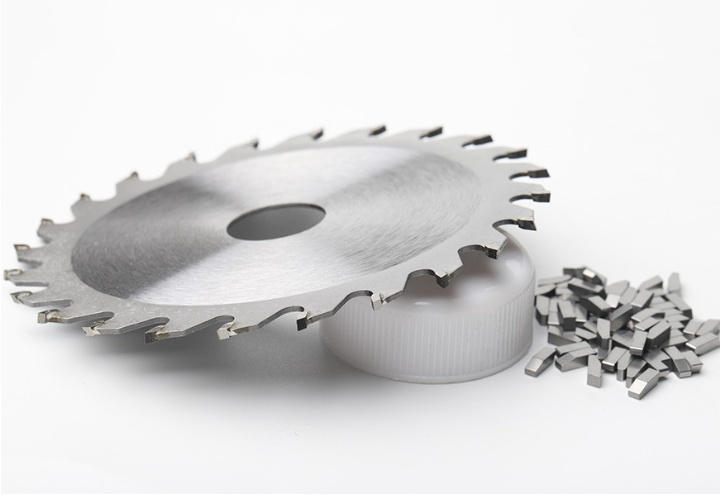
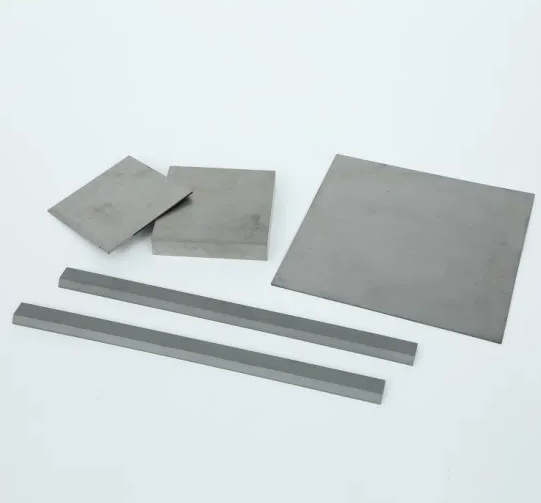
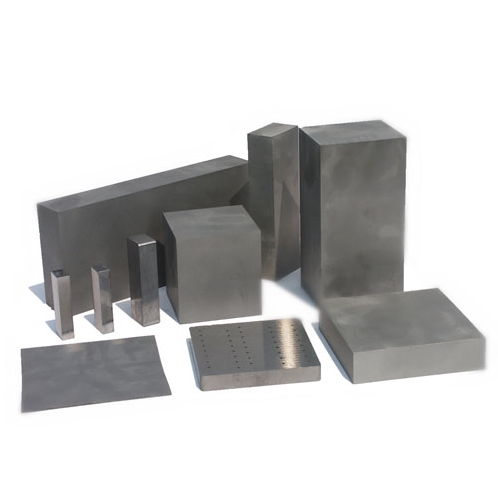
카바이드 로드가 기존 공구 재료를 대체하는 이유
수십 년 동안 고속강(HSS)이 왕좌를 지켜왔다면 카바이드 봉은 새로운 혁명가입니다. 두 제품을 비교해 보겠습니다:
카바이드 로드 대 고속 강철
| 속성 | 카바이드 로드 | 고속 강철 |
|---|---|---|
| 경도 | 매우 높음 | 보통 |
| 도구 수명 | 최대 10배 더 길어짐 | 짧은 |
| 내열성 | 우수 | 제한 |
| 가공 속도 | 매우 높음 | 보통 |
| 비용 | 더 높은 초기 비용 | 초기 비용 절감 |
예, 카바이드 막대는 초기 비용이 더 비쌉니다. 하지만 연비가 좋은 자동차처럼 생각해보세요. 물론 구매 비용은 더 들지만 장기적으로 절약할 수 있는 비용이 얼마나 될까요? 엄청납니다.
용도에 맞는 카바이드 로드 선택 방법
올바른 카바이드 로드를 선택하는 것은 단순한 플러그 앤 플레이가 아닙니다. 자동차에 적합한 타이어를 고르는 것과 마찬가지로 조건에 맞는 접지력, 크기, 트레드가 필요합니다.
고려해야 할 요소
- 가공 중인 재료 - 부드러운 금속 대 경화된 강철?
- 도구 유형 - 드릴 비트, 리머, 엔드밀, 펀치?
- 근무 조건 - 고속? 습식 또는 건식 가공?
- 정밀도 수준 - 드럼처럼 엄격한 허용 오차?
- 코팅 요구 사항 - TiN, TiAlN 또는 다이아몬드 코팅?
설명이 포함된 상위 10가지 카바이드 로드 파우더 모델
이들은 업계에서 가장 존경받는 파우더 중 일부이며, 각각 특정 툴링 요구 사항에 맞는 고유한 특성을 가지고 있습니다.
| 파우더 모델 | 설명 |
|---|---|
| WC-Co 94/6 | 94% 텅스텐 카바이드와 6% 코발트가 함유된 표준 분말입니다. 범용 도구에 이상적입니다. |
| WC-Co 92/8 | 94/6보다 더 나은 인성을 제공합니다. 중단 절단에 적합합니다. |
| WC-Co 90/10 | 코발트 함량이 높을수록 인성이 높아져 충격이 큰 애플리케이션에 적합합니다. |
| WC-CoCr 88/10/2 | 내식성을 위한 크롬이 함유되어 있어 의료용 도구에 적합합니다. |
| WC-TiC-Co | 티타늄 카바이드를 추가하면 내마모성과 열 안정성이 향상됩니다. |
| WC-Ni | 부식에 민감한 애플리케이션에 사용되는 니켈 결합 카바이드. |
| WC-Co-TiN | 유리 및 세라믹 가공과 같은 초경질 애플리케이션에 이상적입니다. |
| WC-Co-TaC | 탄탈 카바이드는 내열성과 고온 경도를 향상시킵니다. |
| WC-Co-CrN | 질화크롬은 건식 절단에 사용되는 윤활성을 돕습니다. |
| 나노 WC-Co | 마이크로 드릴링 및 미세 가공 공구를 위한 초미세 입자. |
각 모델은 수술 팀의 전문의와 같이 적절한 맥락에서 효과적이며 대체할 수 없는 역할을 합니다.
카바이드 툴링 솔루션의 미래
그렇다면 이 모든 것이 어디로 향하고 있을까요? 자동화, AI, 인더스트리 4.0을 생각해 보세요. 카바이드 툴링은 더 스마트하고 반응성이 뛰어난 미래로 나아가고 있습니다.
새로운 트렌드
- 스마트 툴링 시스템 - 마모와 온도를 모니터링하는 내장 센서.
- 친환경 제조 - 더 많은 재활용 가능한 바인더 재료.
- 나노 구조 분말 - 전례 없는 선명도와 공구 수명을 제공합니다.
- 3D 프린팅 카바이드 부품 - 적층 제조와 카바이드의 혁신이 만나다.
초경 공구가 다음과 같은 기능을 제공할 수 있는 미래를 바라보고 있습니다. 더 오래 지속 뿐만 아니라 더 스마트하게 생각하기.
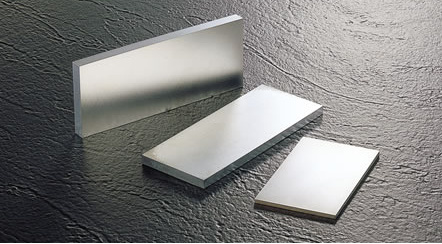
자주 묻는 질문
| 질문 | 답변 |
|---|---|
| 카바이드 막대는 무엇으로 만들어지나요? | 주로 텅스텐 카바이드와 코발트를 사용하며, 때로는 니켈이나 티타늄과 같은 추가 원소를 사용하기도 합니다. |
| 카바이드 막대가 강철보다 나은 이유는 무엇인가요? | 더 단단하고 내마모성이 뛰어나며 열에 더 잘 견딥니다. 툴링의 '슈퍼 합금'이라고 생각하면 됩니다. |
| 카바이드 막대는 어디에 가장 많이 사용되나요? | 항공우주, 자동차, 전자, 정밀 의료용 툴링이 주요 사용자입니다. |
| 카바이드 봉을 3D 프린팅에 사용할 수 있나요? | 예, 특히 극한의 내구성이 요구되는 고급 적층 제조 환경에서는 더욱 그렇습니다. |
| 카바이드 도구의 수명은 얼마나 되나요? | 비슷한 조건에서 고속 강철 공구보다 최대 10배 더 오래 사용할 수 있습니다. |
| 카바이드 공구는 재활용할 수 있나요? | 예, 대부분의 카바이드 소재는 재활용 및 재사용이 가능합니다. |
| 가장 큰 단점은 무엇인가요? | 부적절한 사용 시 초기 비용과 취성이 높아집니다. |
| 카바이드 공구에 코팅이 필요한가요? | 종종 TiN 또는 TiAlN과 같은 예스 코팅은 성능과 수명을 향상시킵니다. |
| 올바른 카바이드 막대는 어떻게 선택하나요? | 재료, 속도, 공구 유형 및 필요한 공차에 따라 다릅니다. |
| 모든 용도에 사용할 수 있는 범용 카바이드 막대가 있나요? | 아니요. 신발과 마찬가지로 가장 잘 맞는 것은 사용 사례에 따라 다릅니다. |

